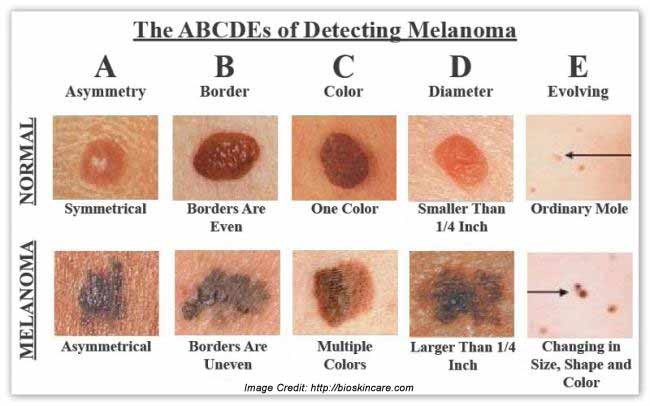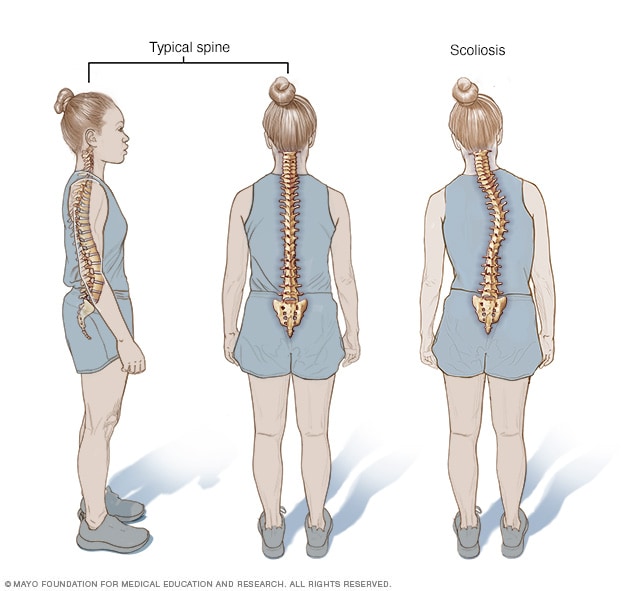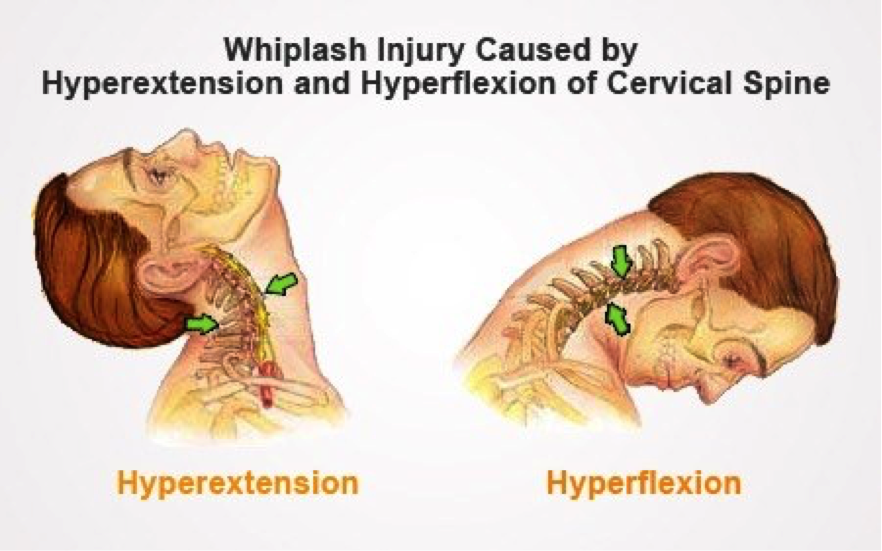Melanoma is the most serious type of skin cancer. Allowed to grow, melanoma can spread quickly to other parts of the body. This can be deadly.
There is good news. When found early, melanoma is highly treatable. You can find melanoma early by following this 3-step process. Melanoma, the deadliest skin cancer, can show up on your body in different ways. You may see a:
- Change to an existing mole
- New spot or patch on your skin
- A spot that looks like a changing freckle or age spot
- Dark streak under a fingernail or toenail
- Band of darker skin around a fingernail or toenail
- Slowly growing patch of thick skin that looks like a scar
Warning signs to look for
Dermatologists encourage people of all skin colors to perform skin self-exams. Checking your skin can help you find melanoma early when it’s highly treatable. When examining your skin for melanoma, you want to look for the warning signs, which are called the ABCDEs of melanoma :

Your risk of getting melanoma increases if you:Seek the sun, tanning beds, or sunlamps: The sun, tanning beds, and sunlamps emit ultraviolet light (UV). Scientists have proven that UV light can cause skin cancer in people. Their research also shows you increase your risk of getting melanoma if you:
- Use tanning beds. Using indoor tanning beds before age 35 can increase your risk of melanoma by 59%, and the risk increases with each use.
- Had 5 or more blistering sunburns between ages 15 and 20. Research shows this increases one’s risk of getting melanoma by 80%.
- Live close to the equator. Sunlight is more intense there.
- Live in a sunny area of the United States like Florida or Arizona.
- Failed to protect your skin from the sun. People older than 65 may experience melanoma more frequently because of UV exposure they’ve received over the course of their lives. Men older than 50 also have a higher risk of developing melanoma.
While exposure to UV light greatly increases your risk of developing melanoma, your other characteristics also play a role. These include:
Having light-colored skin, hair, or eyes or certain moles: The risk of getting melanoma increases if you have one or more of the following:
- Fair skin
- Red or blond hair
- Blue or green eyes
- Sun-sensitive skin
- Skin that rarely tans or burns easily
- 50 or more moles
- Large moles
- An atypical mole (mole that looks like melanoma)
Taking certain medications or having some medical conditions: Your risk of getting melanoma increases if you have:
- Had melanoma or another type of skin cancer
- Had another type of cancer, such as breast or thyroid cancer
- A disease that weakens your immune system, such as acquired immunodeficiency syndrome (AIDS)
- To take medicine to quiet your immune system, such as taking life-saving medicines to prevent organ rejection after transplant surgery
Have a history of melanoma in your family: If a close blood relative has or had melanoma, you have a higher risk of getting melanoma. Organ transplant recipients have an increased risk of getting melanoma.
What causes melanoma?
Ultraviolet (UV) light causes melanoma. We get UV light from the sun and tanning beds. Scientists have shown that UV light from the sun and tanning beds can do two things:
- Cause melanoma on normal skin.
- Increase the risk of a mole on your skin turning into a melanoma
How do dermatologists treat melanoma?
The type of treatment a patient receives depends on the following:
- How deeply the melanoma has grown into the skin.
- Whether the melanoma has spread to other parts of the body.
- The patient’s health.
The following describes treatment used for melanoma.
Surgery: When treating melanoma, doctors want to remove all of the cancer. When the cancer has not spread, it is often possible for a dermatologist to remove the melanoma during an office visit. The patient often remains awake during the surgical procedures described below.
- Excision: To perform this, the dermatologist numbs the skin. Then, the dermatologist surgically cuts out the melanoma and some of the normal-looking skin around the melanoma. This normal-looking skin is called a margin. There are different types of excision. Most of the time, this can be performed in a dermatologist’s office.
- Mohs surgery: A dermatologist who has completed additional medical training in Mohs surgery performs this procedure. Once a dermatologist completes this training, the dermatologist is called a Mohs surgeon.Mohs surgery begins with the Mohs surgeon removing the visible part of the melanoma. Next, the surgeon begins removing the cancer cells. Cancer cells are not visible to the naked eye, so the surgeon removes skin that may contain cancer cells one layer at a time. After removing a layer, it is prepped so that the surgeon can examine it under a microscope and look for cancer cells. This layer-by-layer approach continues until the surgeon no longer finds cancer cells. In most cases, Mohs surgery can be completed within a day or less. Mohs has a high cure rate.
When caught early, removing the melanoma by excision or Mohs may be all the treatment a patient needs. In its earliest stage, melanoma grows in the epidermis (outer layer of skin). Your dermatologist may refer to this as melanoma in situ or stage 0. In this stage, the cure rate with surgical removal is nearly 100%.
When melanoma grows deeper into the skin or spreads, treatment becomes more complex. It may begin with one of the surgeries described above. A patient may need more treatment. Other treatments for melanoma include:
- Lymphadenectomy: Surgery to remove lymph nodes.
- Immunotherapy: Treatment that helps the patient’s immune system fight the cancer.
- Targeted therapy: Drugs that can temporarily shrink the cancer; however, some patients appear to be fully cured.
- Chemotherapy: Medicine that kills the cancer cells (and some normal cells).
- Radiation therapy: X-rays that kill the cancer cells (and some normal cells).




















